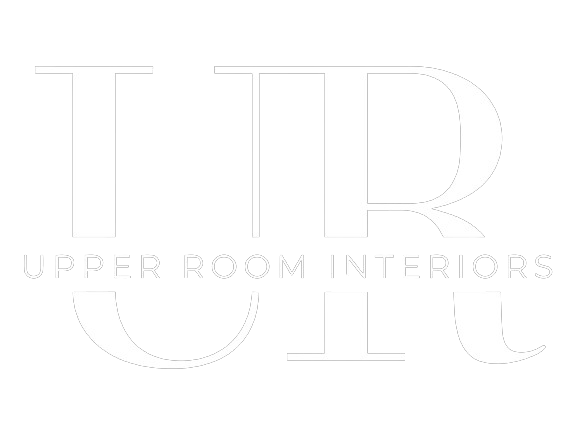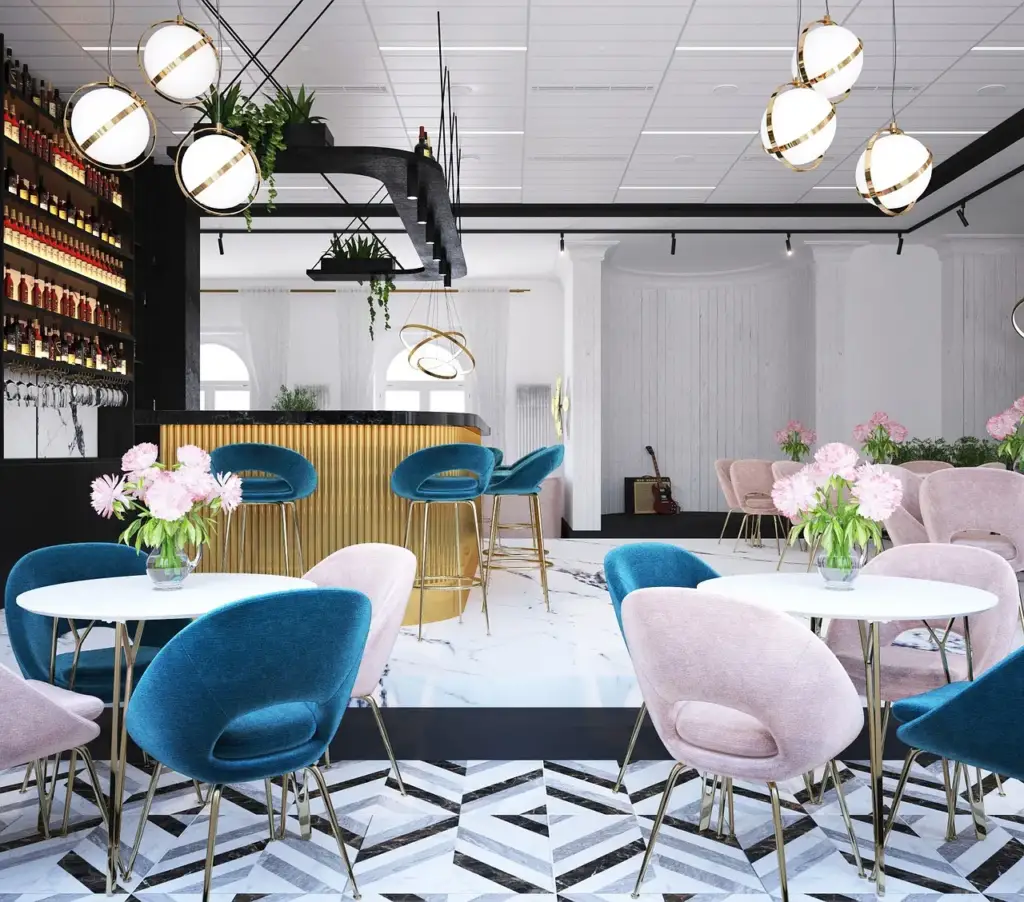
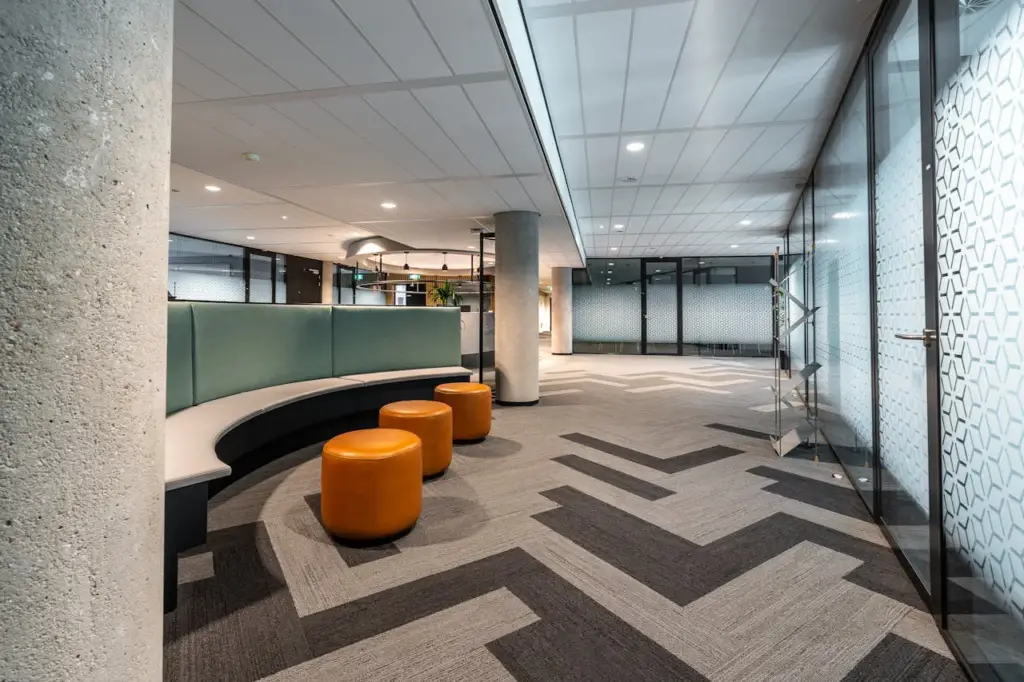
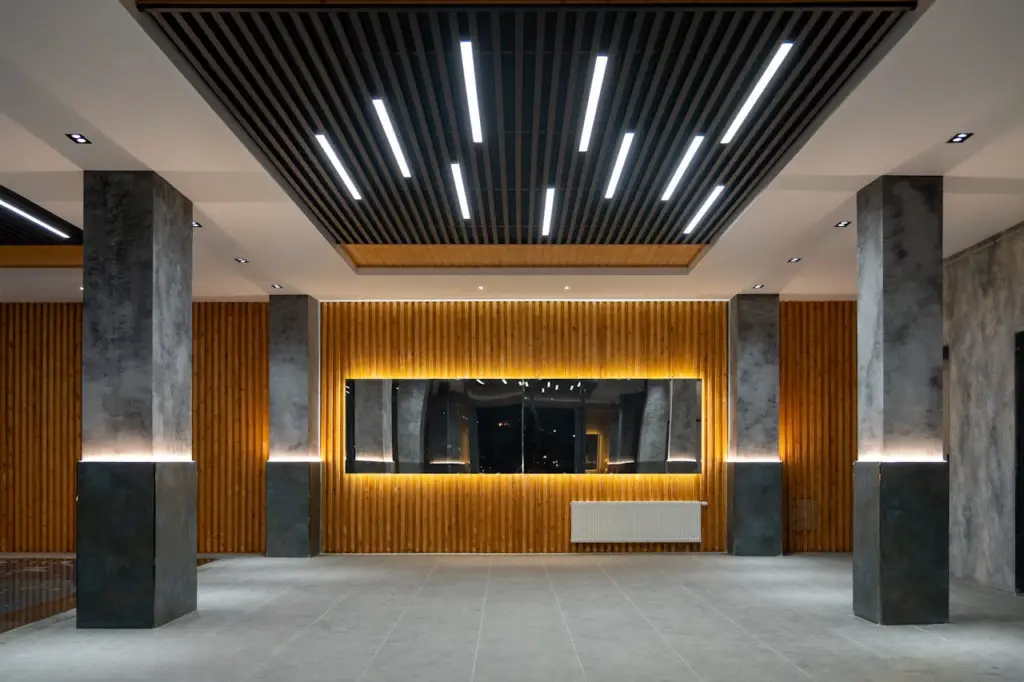

Creating an impactful and efficient workspace is more than just aesthetics it’s about blending style, functionality, and brand identity. Commercial interior design plays a vital role in shaping business environments, enhancing employee productivity, and leaving a lasting impression on clients. Whether you run a corporate office, a retail store, or a hospitality business, the right interior design can elevate your brand’s image and contribute to its success.
Why Commercial Interior Design Matters
The design of a commercial space affects not just how it looks but also how it functions. A well-thought-out commercial interior design optimizes space usage, improves workflow, and creates an inviting atmosphere. Research has shown that businesses with thoughtfully designed interiors experience higher customer engagement, improved employee satisfaction, and increased revenue.
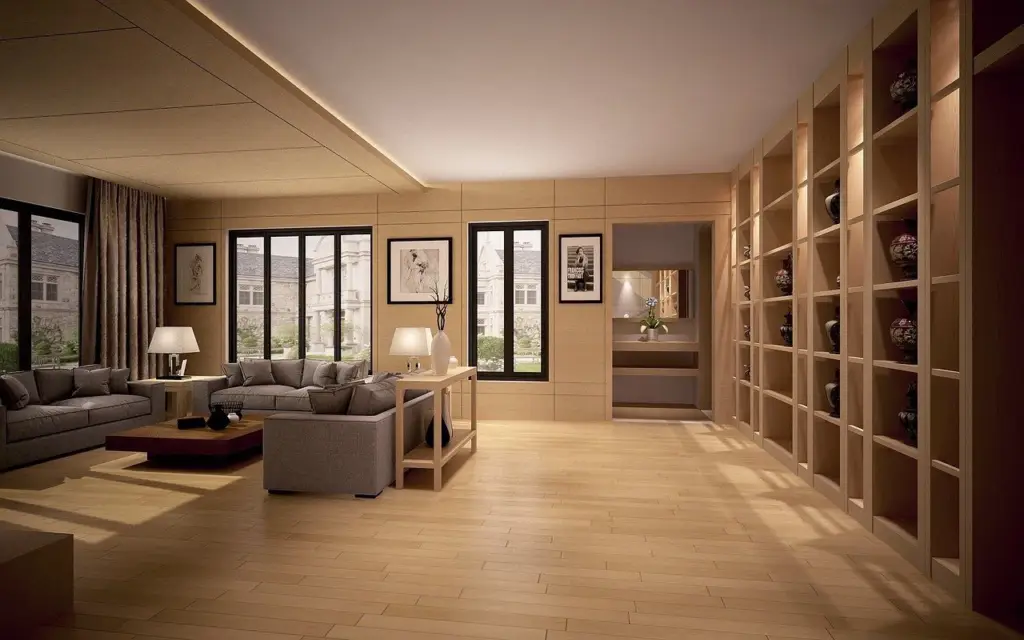
Key Elements of Successful Commercial Interior Design
1. Brand Identity Integration
Your commercial space should reflect your brand’s personality. Color schemes, furniture choices, and decorative elements should align with your company’s values and mission. For example, tech companies often use sleek, minimalist designs, while luxury brands opt for opulent finishes and warm lighting.
2. Space Optimization
Efficient use of space is crucial in commercial interior design. Open layouts, ergonomic furniture, and strategic placement of elements ensure smooth navigation and enhanced productivity.
3. Lighting Design
Lighting is one of the most critical factors in shaping ambiance. Warm lighting creates a cozy and inviting atmosphere, while bright, white lighting enhances concentration and focus. In retail settings, accent lighting can be used to highlight products and encourage sales.
4. Sustainability and Eco-Friendly Design
Modern businesses are adopting sustainable design elements such as energy-efficient lighting, recycled materials, and biophilic design (integrating natural elements like plants and water features).
5. Acoustic Planning
In open office spaces and high-traffic areas, sound management is essential. Incorporating sound-absorbing panels, carpets, and strategic furniture placement reduces noise pollution and enhances productivity.
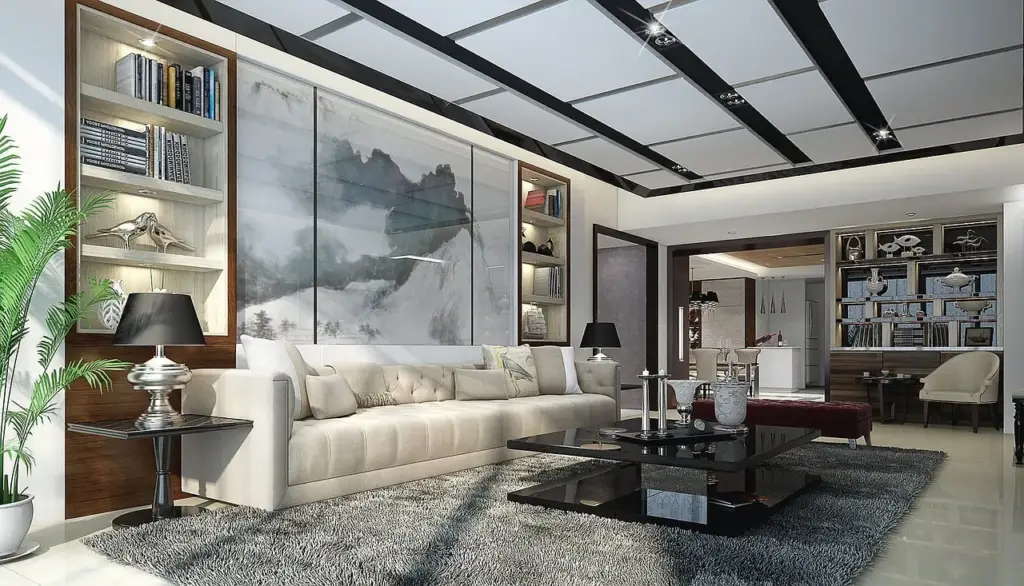
The Impact of Commercial Interior Design on Different Industries
Corporate Offices
A well-designed office fosters collaboration and creativity. Open layouts with designated breakout areas, ergonomic seating, and soundproof meeting rooms create a balanced work environment that boosts employee morale and efficiency.
Retail Stores
In retail, commercial interior design directly influences customer behavior. Studies show that strategic store layouts, proper lighting, and visually appealing displays encourage customers to spend more time in the store, leading to higher sales.
Hospitality and Restaurants
The ambiance of a restaurant or hotel significantly impacts customer experience. Elements such as lighting, furniture, and even scent branding contribute to creating a memorable atmosphere that encourages repeat visits.
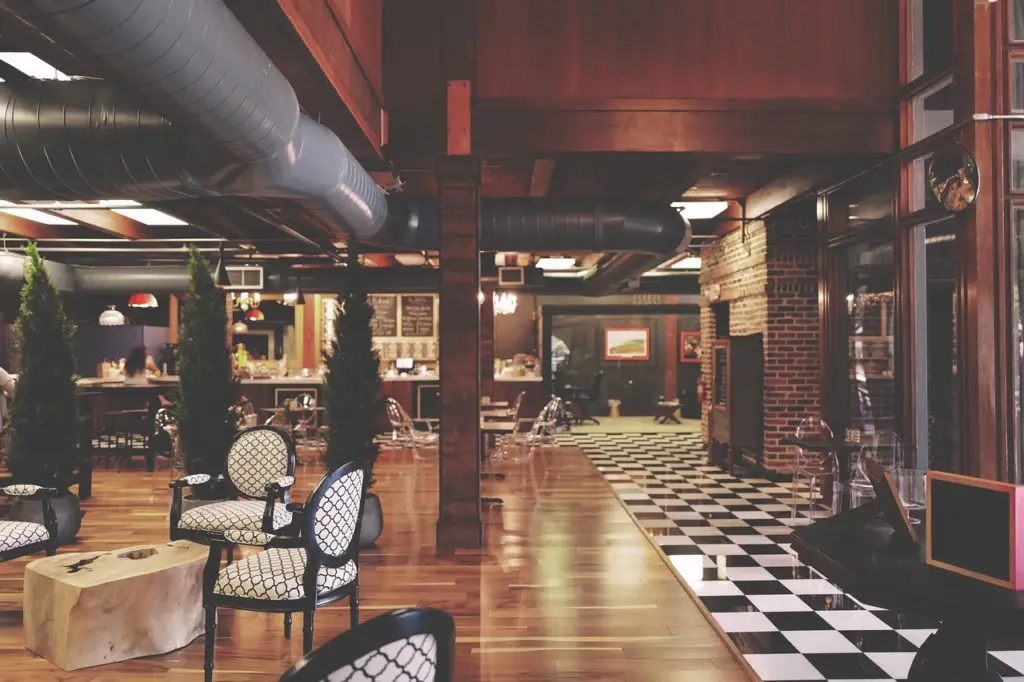
Enhancing Workplace Productivity Through Design
How to Improve Productivity with Commercial Interior Design:
- Utilize ergonomic furniture to prevent strain and fatigue.
- Incorporate biophilic design elements like indoor plants for a calming effect.
- Optimize lighting to reduce eye strain and improve concentration.
- Designate quiet zones for focused work and collaborative areas for team discussions.
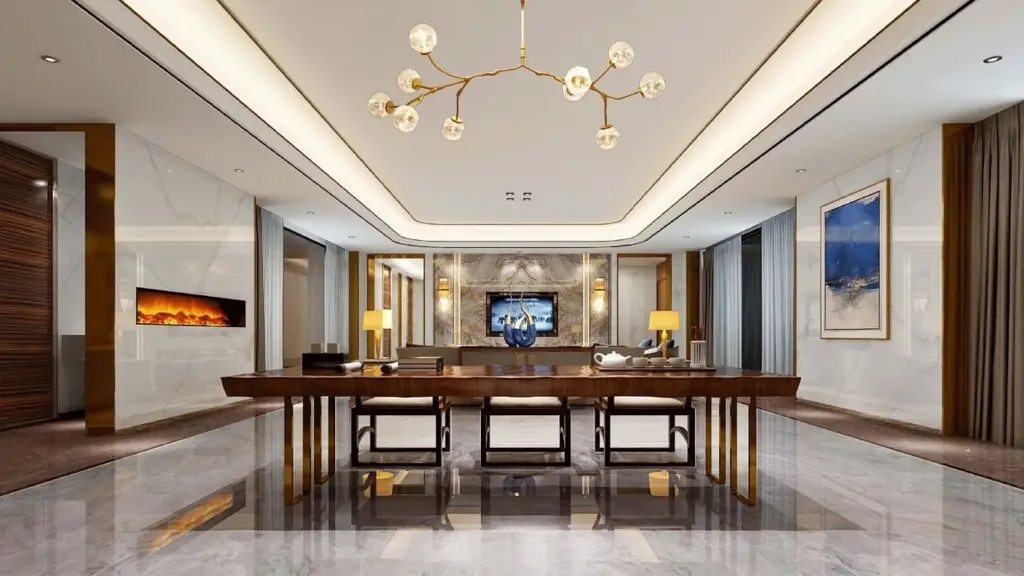
The Role of Technology in Modern Commercial Interior Design
The latest trends in commercial interior design incorporate smart technology. Automated lighting systems, AI-driven climate control, and IoT-enabled workspaces allow businesses to optimize energy efficiency and improve user experience.
For instance, smart meeting rooms equipped with motion sensors can adjust lighting and temperature based on occupancy, leading to significant energy savings.
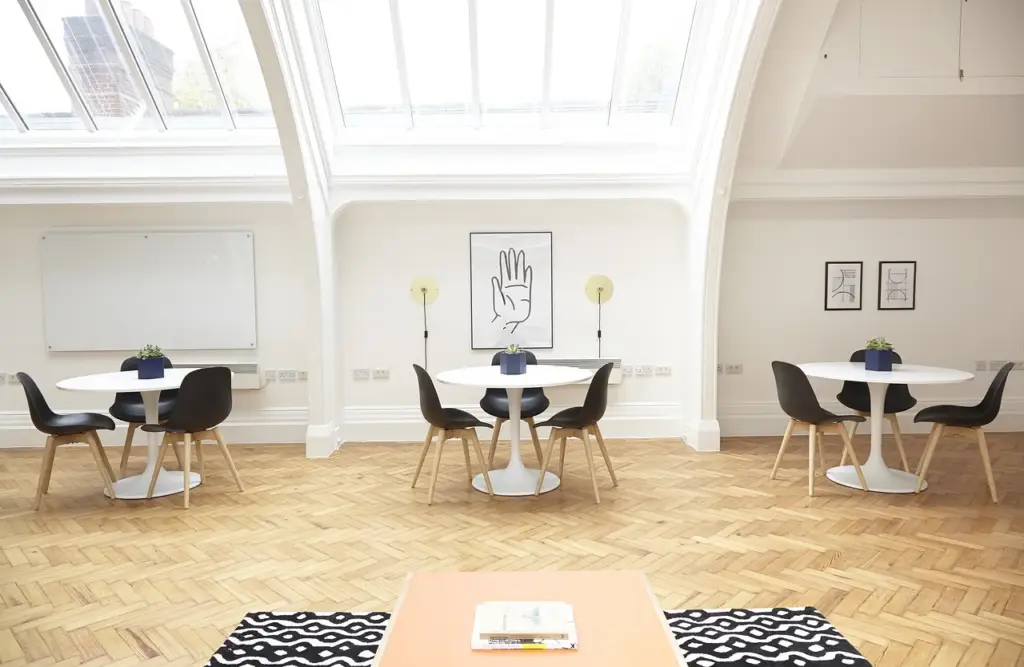
Future Trends in Commercial Interior Design
The future of commercial interior design is dynamic and ever-evolving. Some emerging trends include:
- Sustainable Materials: More businesses are opting for eco-friendly materials like bamboo flooring, recycled furniture, and non-toxic paints.
- Flexible Workspaces: Offices are shifting toward hybrid layouts with adaptable spaces for different work modes.
- Wellness-Focused Design: Incorporating elements that promote mental well-being, such as meditation rooms and wellness pods.
Conclusion: Elevate Your Business with Expert Commercial Interior Design
A well-planned commercial interior design enhances brand identity, improves functionality, and boosts productivity. Whether you are renovating an existing space or starting from scratch, working with experienced interior designers ensures a seamless transformation tailored to your business needs.
For more insights on commercial interior design, check out our latest projects and expert tips on our website.
For industry trends and case studies, visit Interior Design Magazine.
